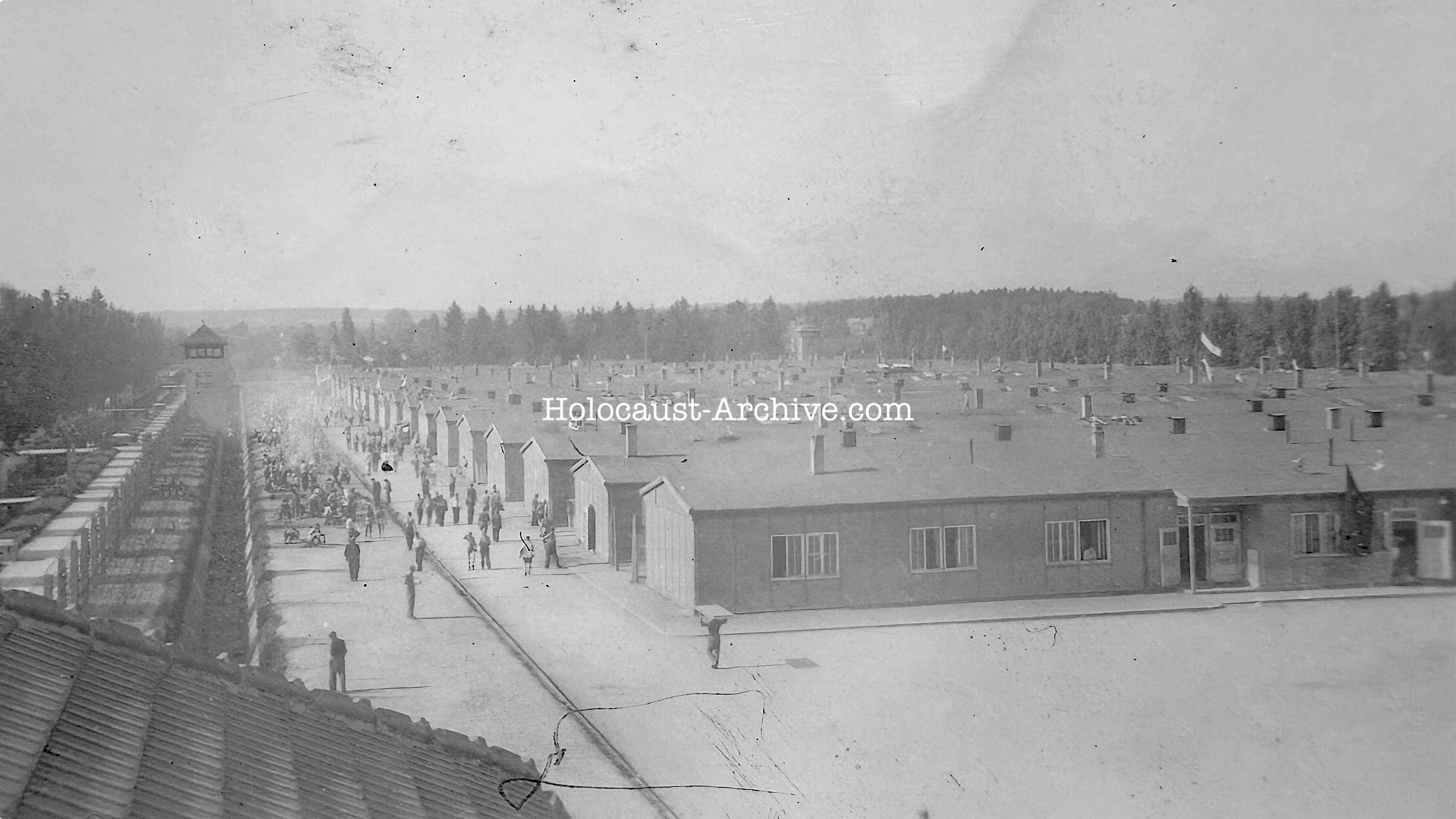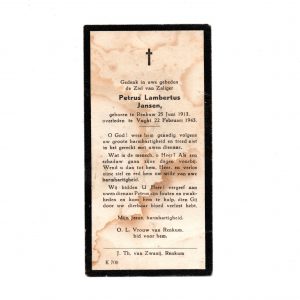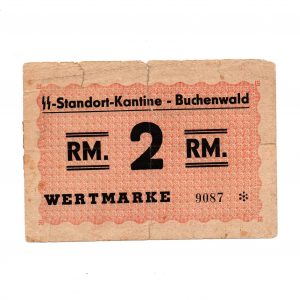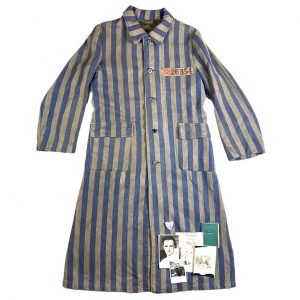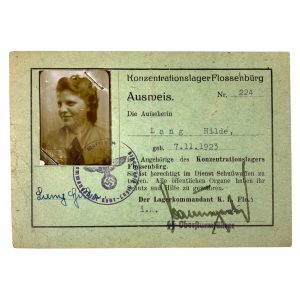Dachau – American photograph during the liberation of the camp
This historic photo was taken by an American soldier during the liberation of the Dachau concentration camp in April 1945.
In the photo, the layout of the camp is clearly visible, with rows of barracks where thousands of prisoners were held under inhumane conditions.
On the left, a high wall with watchtowers can be seen, built to prevent escape.
On the right side are the residential barracks where prisoners were housed.
The soldiers and civilians walking across the grounds mark the first moments of freedom after years of oppression.
When American troops liberated the camp on April 29, 1945, they found more than 30,000 prisoners in appalling conditions.
The images and testimonies of the liberation made a deep impression worldwide and continue to serve as an important reminder of the horrors of the Holocaust.
Concentration camp Dachau
Concentration Camp Dachau was inaugurated on March 22, 1933.
It developed as a prototype for new concentration camps and occupied several special positions.
For most of its existence, Dachau served as a concentration camp, but Dachau was evacuated shortly after the start of the Second World War.
All prisoners were transferred to Mauthausen, Buchenwald, and Flossenburg.
A Part of the SS-Totenkopf-Standarten was stationed there to prepare for military deployment.
Concentration camp Dachau was reopened in February 1940.
As in other concentration camps, medical experiments were also conducted in Dachau.
Heinrich Himmler established in 1942 that an unlimited number of prisoners was made available for the experiments.
Some 206,000 people were held captive during the war and 41,500 were killed.
Dachau Concentration Camp was liberated on April 29, 1945 by American troops.
In the days leading up to the liberation, transports of prisoners from other concentration camps arrived in Dachau. Most people were in a pitiful state of exhaustion and malnutrition.
On April 26, 1945, a notorious death march started from Dachau.
During the liberation of the camp some 32,000 prisoners were still present.
